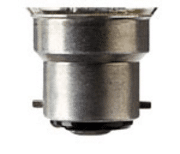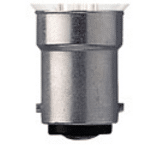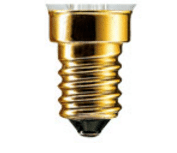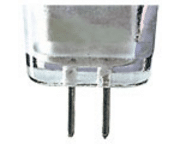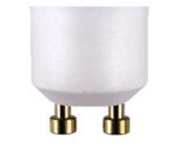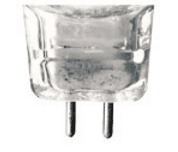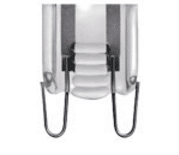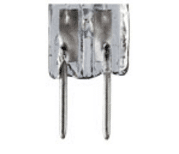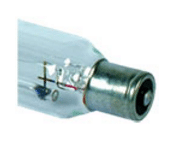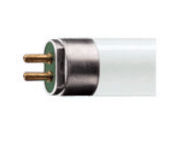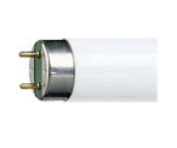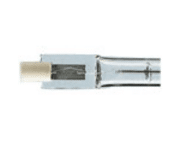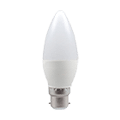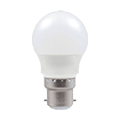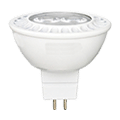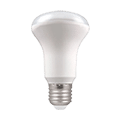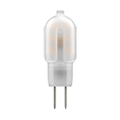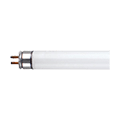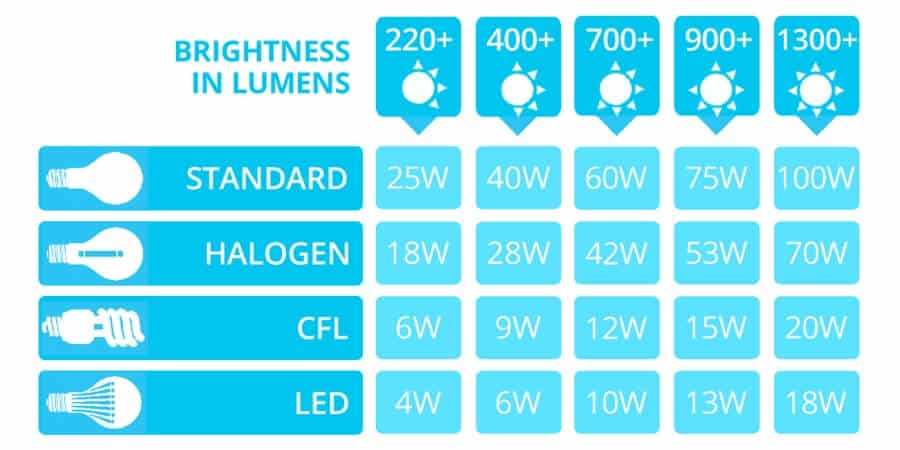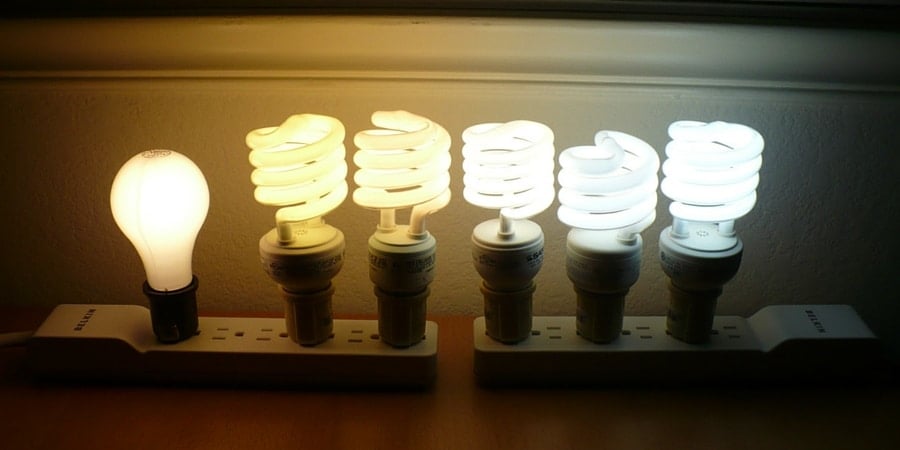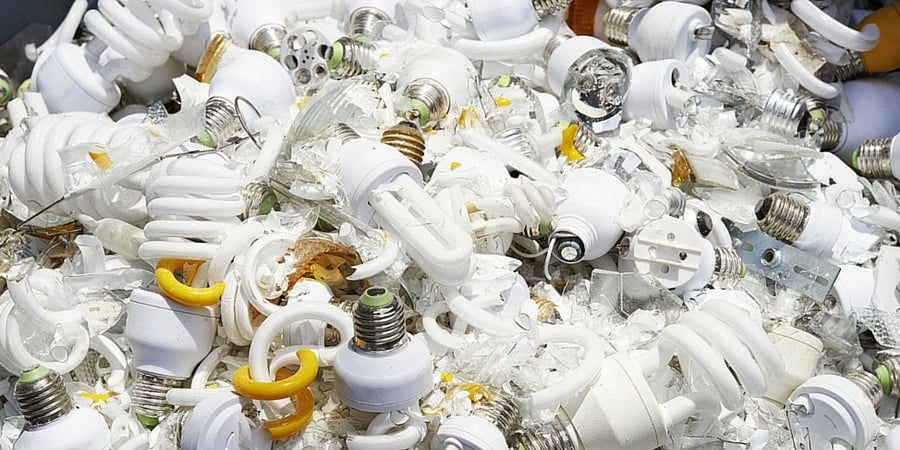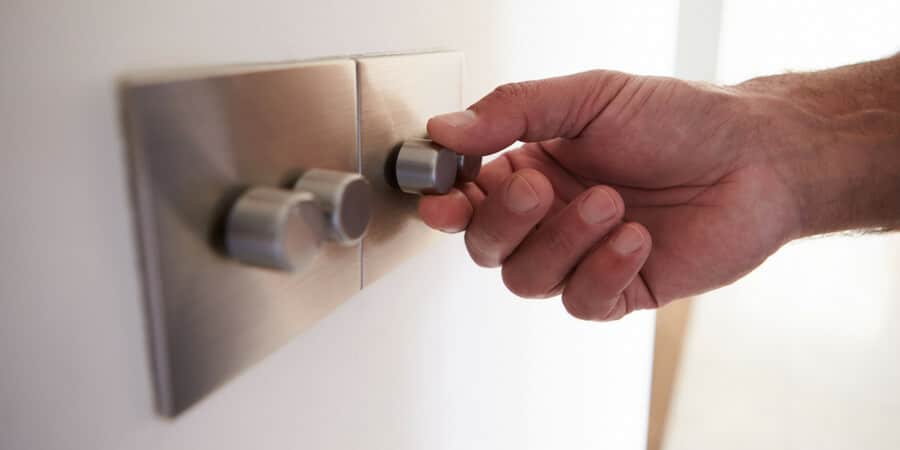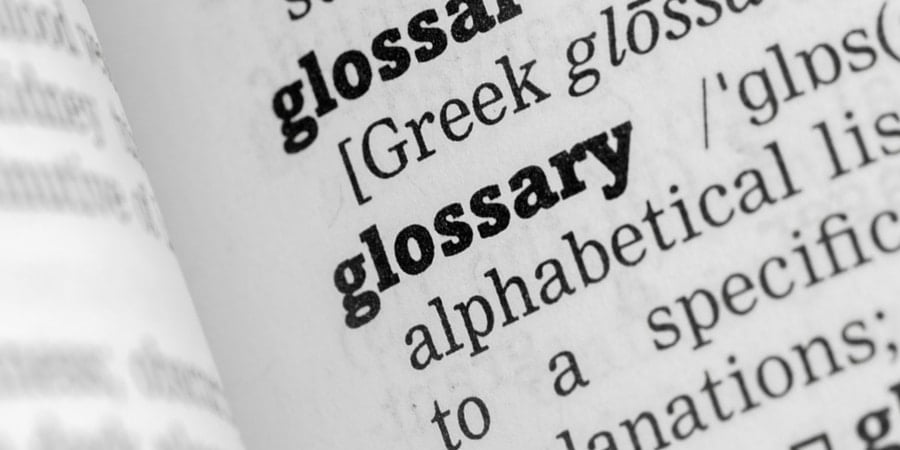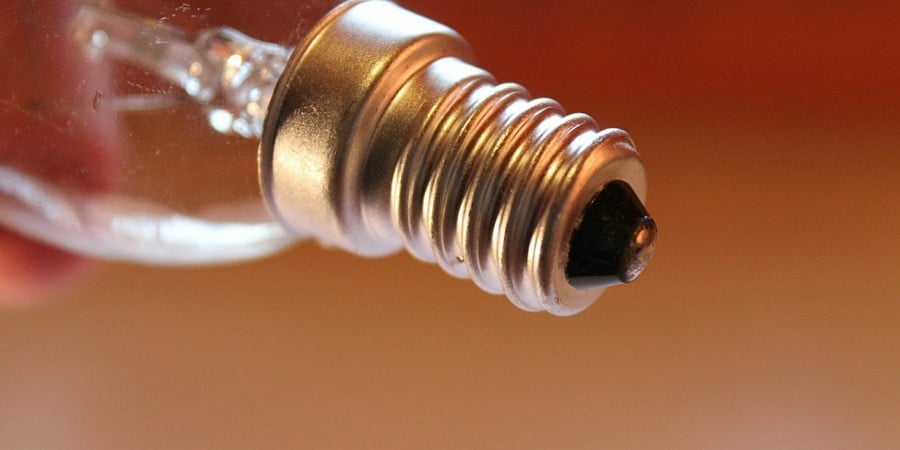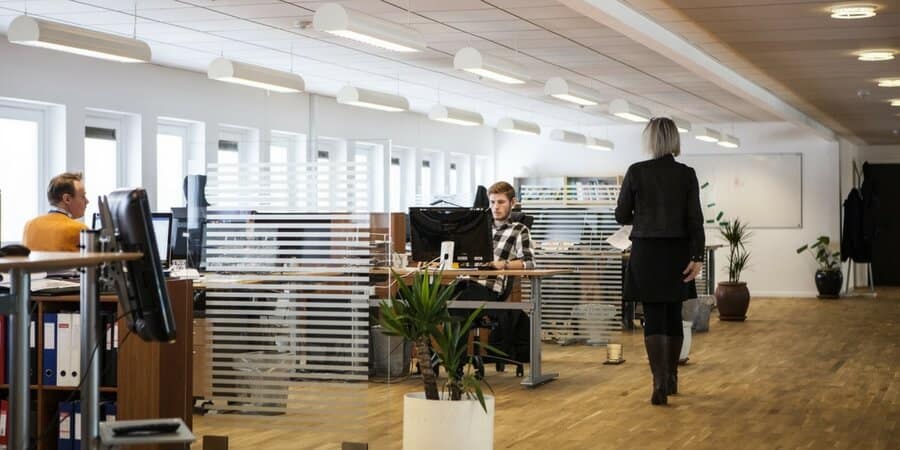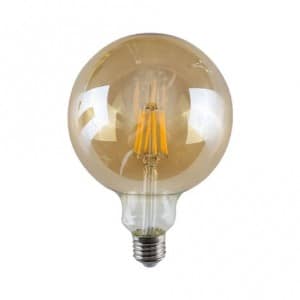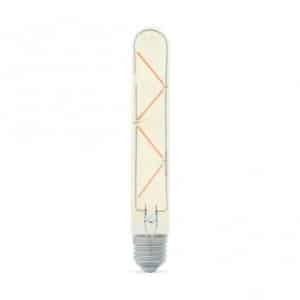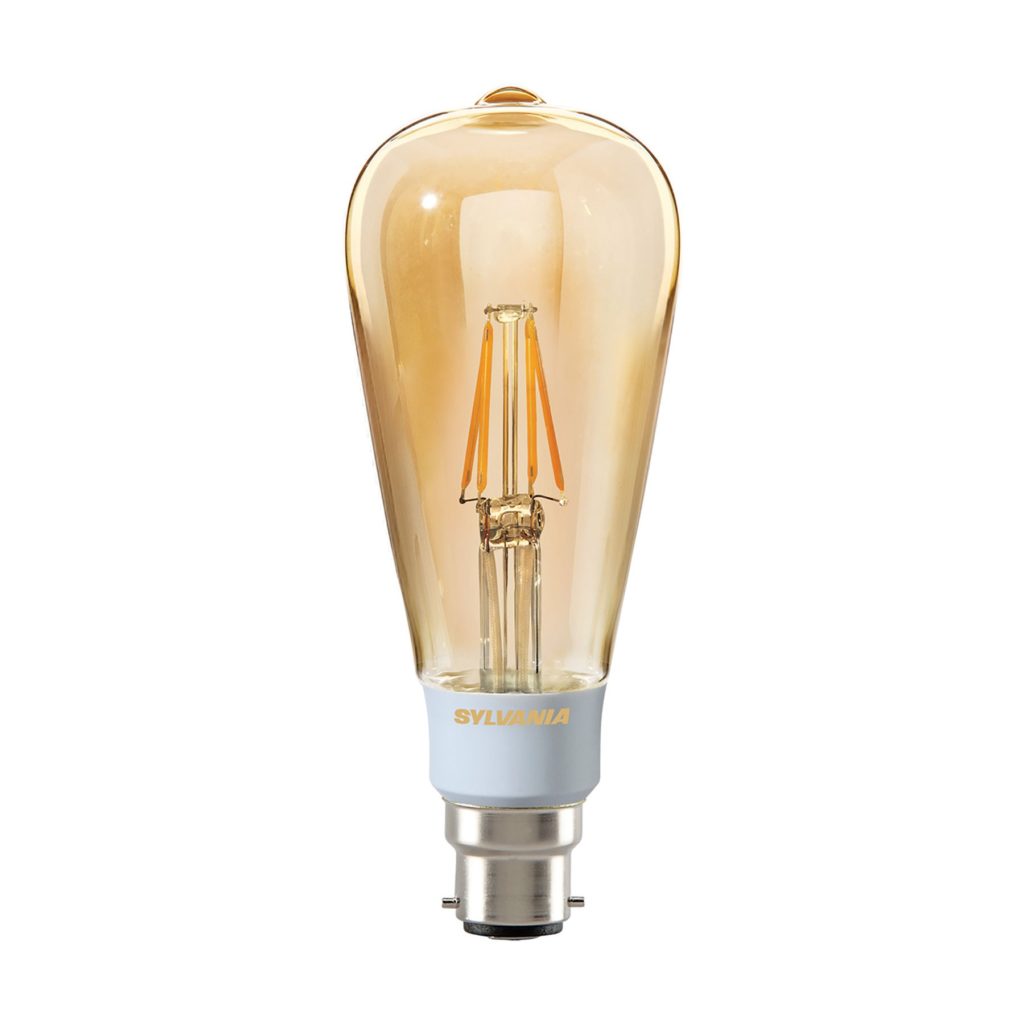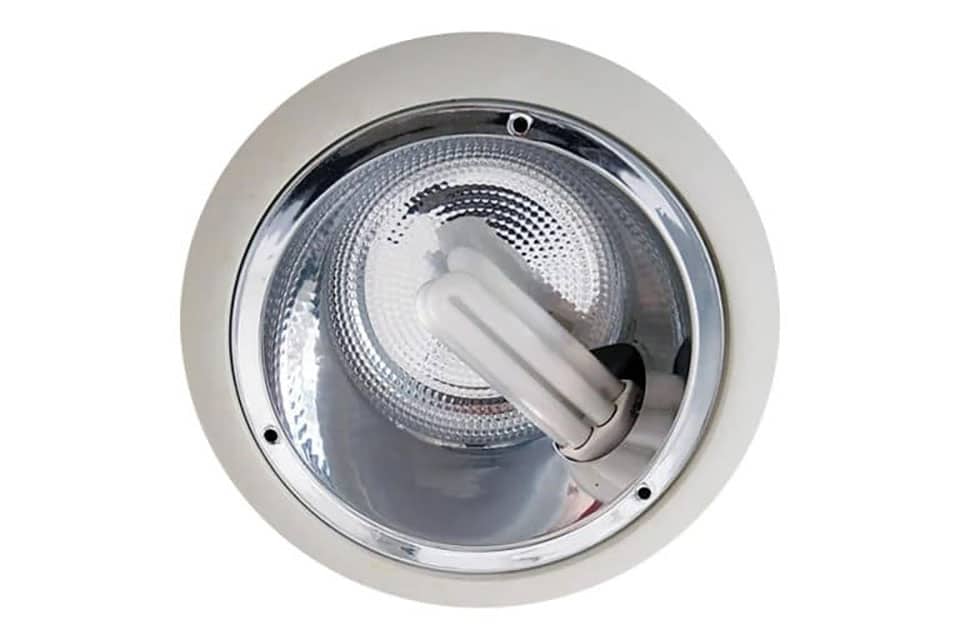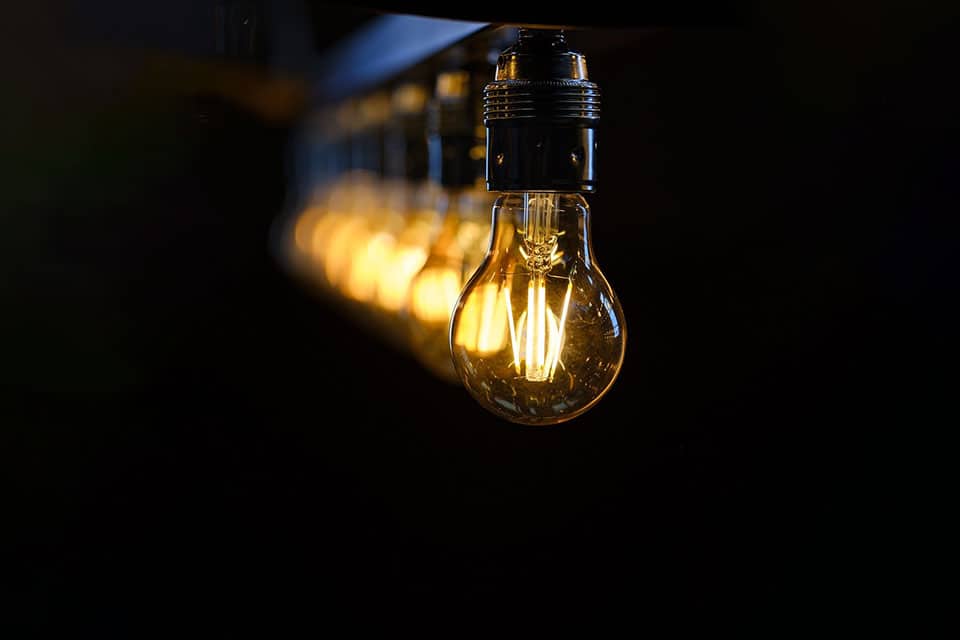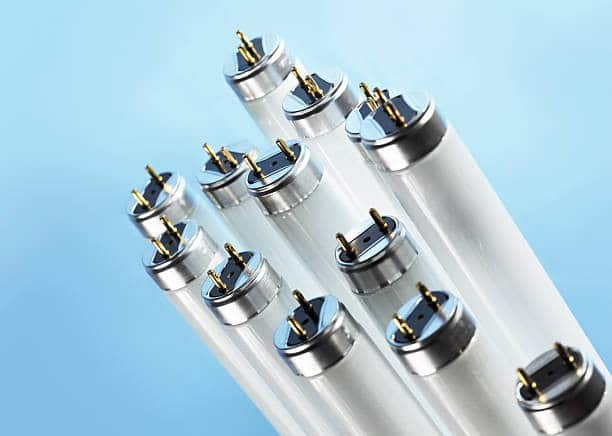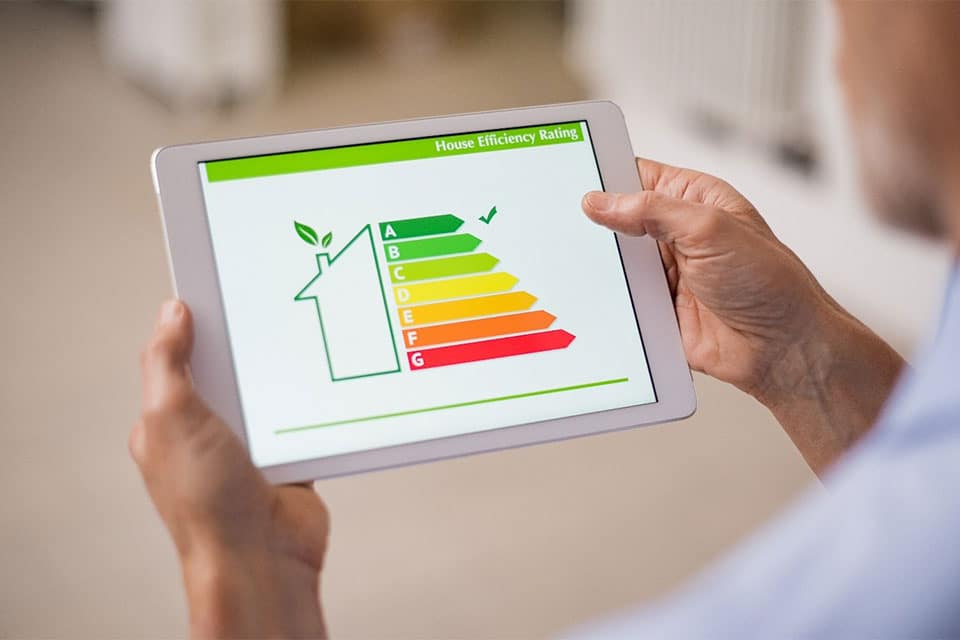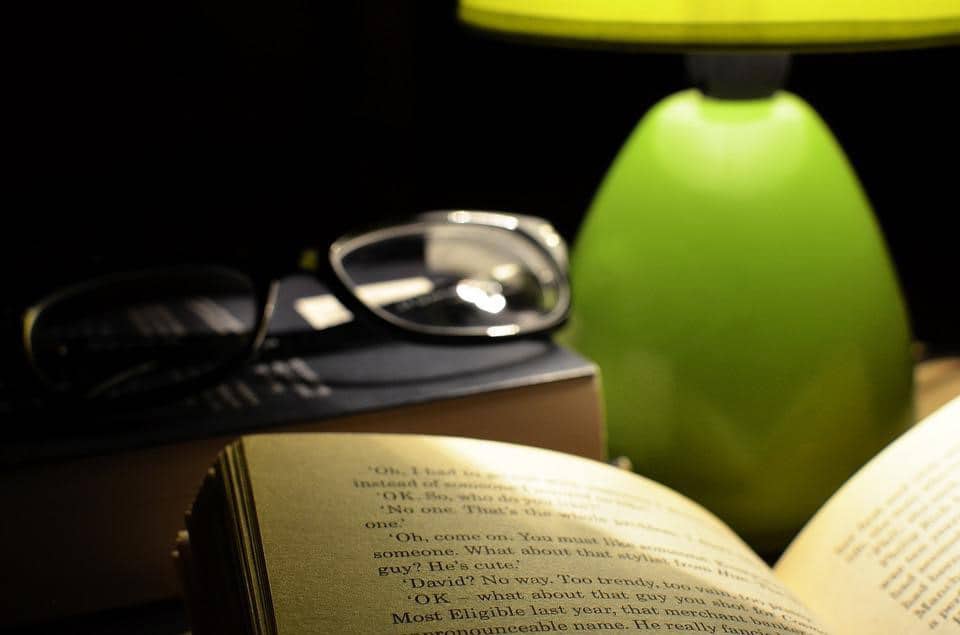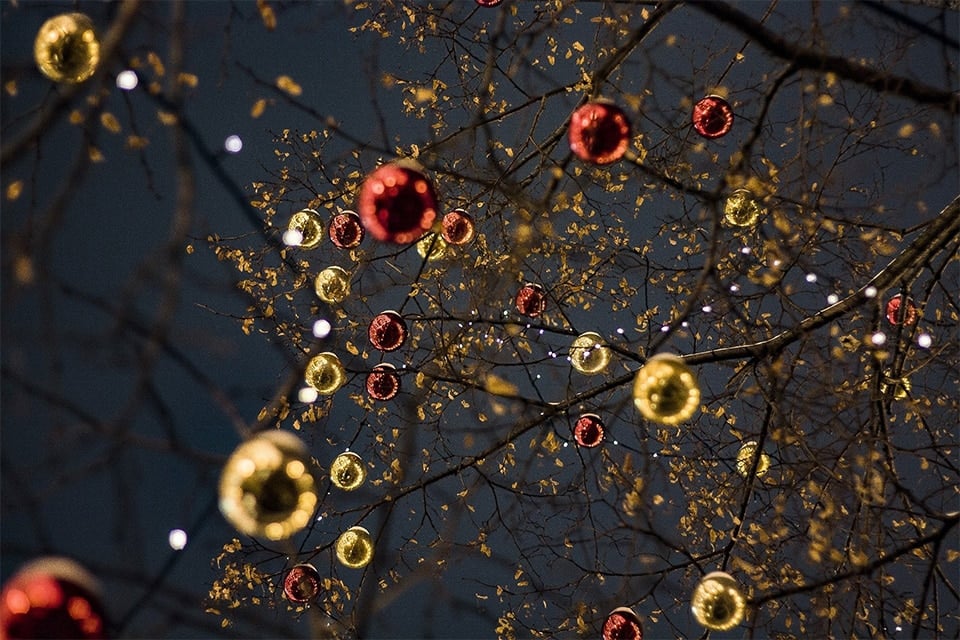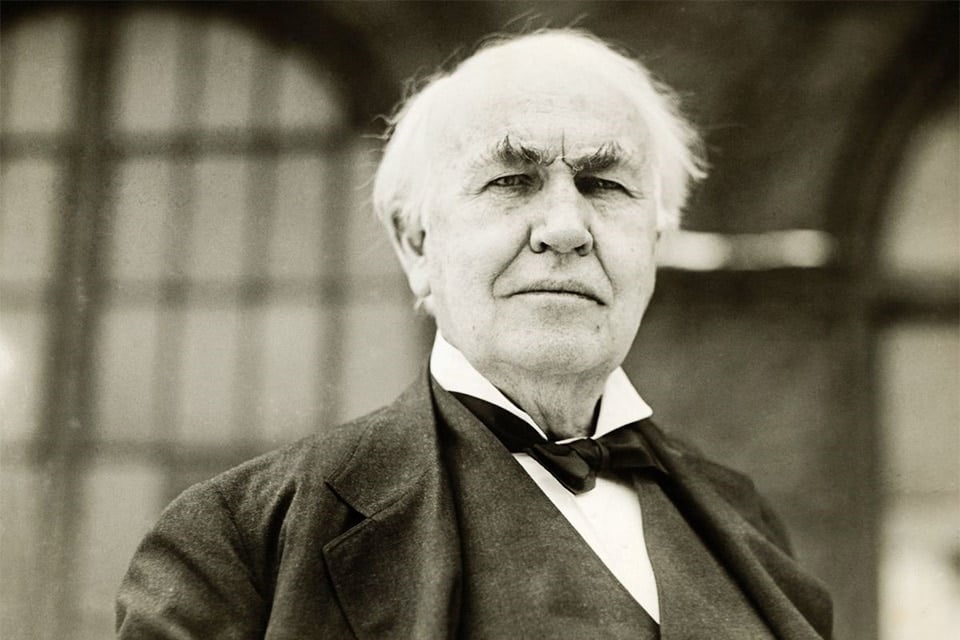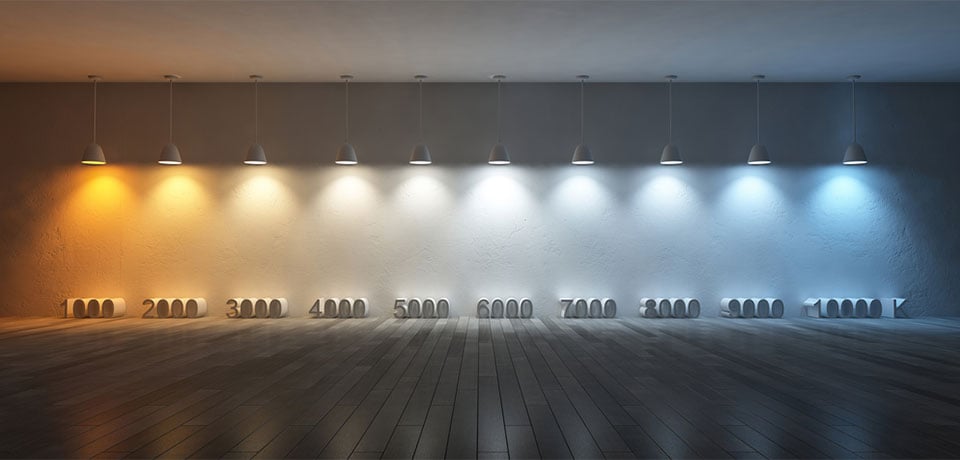Change can be difficult, especially on a large scale and when you’re embracing a new technology you might be unfamiliar with. We’re here to help! We’ve already looked at why your office should make the switch to LEDs, and now we’re going to help you figure out exactly how your office can make the switch to energy efficient office lighting.
A Brief Overview of the Benefits of Switching to LEDs
You may already be aware of all the benefits upgrading to LEDs can offer your office, but let’s take a quick look at the most important advantages in case you need a little more convincing:
1. Cutting Costs
The average cost of electricity for a business in the UK ranges from £1,000 for a micro business to over £7,000 for an industrial-level operation (source), and approximately 35% of that consumption is spent solely on lighting. Switching to LEDs, which use a fraction of the energy of incandescents, significantly cuts down on the cost of electric. And, thanks to their long life and cool operating temperature, they’ll also decrease the cost of maintenance and lower your office air conditioning bill during the summer months.
2. The Environment
In addition to providing savings on your office’s electric bill, the energy efficiency of LEDs helps cut down on CO2 emissions, making it easier for your company to comply with environmental regulations. Because they last longer and they don’t contain harmful materials like mercury, LEDs can also easily be recycled so they produce less waste over their lifespan.
3. Aesthetics & Productivity
LEDs boast a wider range of colour temperatures and offer more control over beam angle than their predecessors, which means you can easily create a better-looking work environment that also boosts morale and productivity. With easily controllable colour temperatures and dimming capabilities, you can create different lighting zones, such as a more relaxing environment in the break room, a warm and welcoming space to greet clients, and brightly light work stations to help employees remain productive and alert.
PRO TIP: If you do decide to switch over all your lamps at once, make sure to check whether your company may be eligible for rebates, or grants for businesses making the switch to green technology or making building improvements.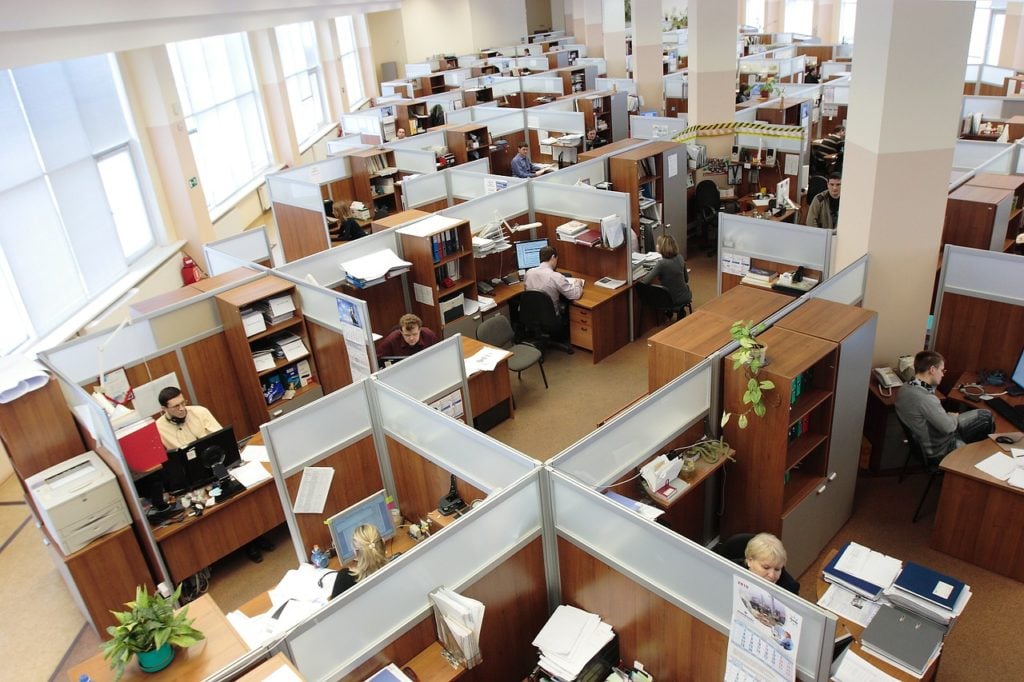
Taking the Leap to LEDs
It may seem like a daunting task to dive into, but making the switch to LEDs only requires four simple steps:
Step 1: Planning
Look around your office or business. Are you satisfied with the current lighting layout? If the answer is yes, then all you’ll have to do is select which light bulbs you want for your office and possibly update some of the fixtures so they are compatible with LEDs. If not, it’s time to consider what your office space is lacking and how it can be corrected. To do this, ask yourself a few questions:
- Does overhead lighting suffice, or will you need to bring in additional floor or table lamps?
- Do employees need more control over the individual lighting in their work areas?
- Will you require dimmers?
- Will LED bulbs be compatible with your current fixtures, or will you need to upgrade?
- Are you looking for decorative fixtures, or are they strictly utility-based?
- How many different types of space are there, and what kind of lighting will they require?
- Do I need accent, task or ambient lighting?
With answers to those questions in mind, you’ll have a far better idea of what to look for when it comes to LED bulbs.
PRO TIP: If you are undertaking a large or complicated switch, it’s always a good idea to speak to a lighting professional who can help you come up with and execute a plan. Learn more about our lighting services.Step 2: Selecting the bulbs
Studies have proven that the atmosphere of a work environment has a major impact on employees, and that improper lighting can cause eye strain and fatigue. To that end, selecting the right bulb is one of the most important and easiest things you can do to improve morale and get better results.
- For offices and cubicles, select lighting that has a cooler colour temperature and a brighter lumen level. A cool colour temperature in the 5600K range mimics the appearance of full-spectrum sunlight and helps improve productivity, and it also makes people feel more alert and energized and boosts their mood. To help reduce eye strain, ensure that lighting is well-dispersed to eliminate harsh lighting, shadows and glare.
- For break rooms and client meeting rooms, warm lighting with a lower lumen level can help employees and clients unwind and feel more relaxed. Aim for a something around 3000k – it’s significantly warmer than the lighting used in offices and cubicles, and is warm enough to create a cozy environment that fosters trust, but not so cozy you run the risk of people nodding off during a pitch or presentation.
LEDs come in all sizes and shapes, making it easy to replace outdated strip lights, architectural lamps, and GU10s. If you’ve opted for a bare bulb fixture, consider a more stylish-looking LED to add some decorative flare:
Don’t forget about switching over your safety lighting and emergency exit signs!For more information about selecting the right LED bulbs, check out our guide.
Step 3: Installation
In most cases, installing your new LED light should be a smooth and simple process. The majority of LEDs are designed to be backwards-compatible, so they can easily fit into existing fixtures and be replaced like-for-like.
In the event that you do need to replace fixtures in their entirety, unless they are easy to switch out like desk lamps, make sure you contact a licensed professional to assist you.
Step 4: Disposal of old bulbs
Properly disposing of your old bulbs is an important part of making the switch to LEDs. There are different disposal methods for incandescent and fluorescent bulbs:
- Incandescents contain no dangerous materials and can be thrown out with your regular rubbish. Make sure you wrap them or place them in a protective, disposable container to prevent any broken glass from injuring refuse collectors.
- Fluorescents and compact fluorescents (CFLs) contain small amounts of mercury, so they require special care when disposing of them. They can be recycled at any lamp recycling collection point or, in accordance with Waste Electrical and Electronic Equipment (WEEE) Regulations, your supplier can arrange for them to be recycled for you.
In partnership with Recolight, we offer a cost-effective and hassle-free recycling service for all types of fluorescent and discharge lamps.
Learn more about safe light bulb disposal and our recycling program.
Lighting the Way
Switching to LEDs is an investment in the future of your office and a sure sign to employees that you care about their well-being. By taking these steps, you are not only cutting down on costs and carbon emissions, but also lighting the way for a better work environment.
If you need any help making the switch, be sure to check out our LED guide.
Still have questions? Contact our lighting experts using our online chat service or at +44 (01869) 362222 or [email protected].


